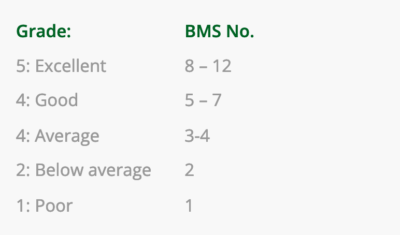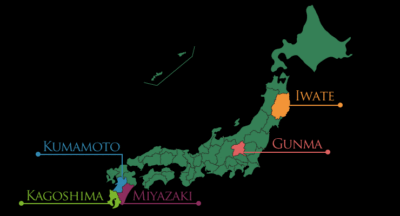Japanese Wagyu Beef
Wagyu is the name of four breeds of cattle from Japan, known for producing some of the most delicious and sought-after beef in the world. What makes Wagyu special is its marbling, thin streaks of fat within the muscle that create a melt-in-your-mouth texture and rich, buttery flavor. This unique characteristic is a result of both genetics and traditional Japanese raising methods, making Wagyu a truly luxurious and unforgettable culinary experience.
The Wagyu Beef Industry
The domestic Japanese beef industry is based on four native breeds: Japanese Black, Japanese Brown, Japanese Poll, and Japanese Shorthorn. These breeds produce approximately 44% of the domestic beef. The Japanese Black cattle play a significant part in the Japanese beef industry because it is numerically the largest breed group and comprises approximately 93% of the national purebred beef cow herd. In addition, Japanese Black cattle produce highly marbled beef compared with the other Japanese beef breeds. Marbling is the most important trait in Japan because carcass value is primarily determined by the degree of marbling.
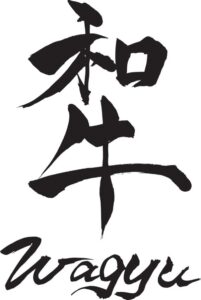
The Legend of A-5 Wagyu Beef
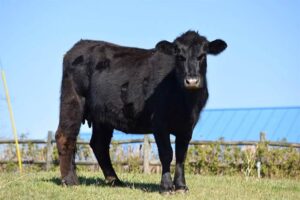
The Wagyu rancher does not want his secrets revealed, because diet, breeding, and treatment are major factors in producing the most succulent beef in the world
It is rumored that in Japan, ranchers include beer in the Wagyu cattle diet, as it seems to stimulate hunger (which is necessary in the hot summer months, when appetites decrease). Increased food intake leads to higher fat production and retention, which contributes to the distinctive marbling of the Wagyu beef
Wagyu cattle traditionally receive massages in addition to their special diets and treatment. The massages, are a substitute for the muscle stimulation normally gotten through exercise. The massages relieve stress and stiffness; in this case, the belief is that relaxed, happy cows make better meat.
Wagyu Technical Data
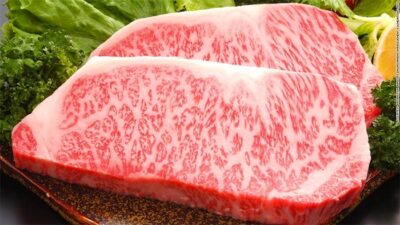
Yield score is determined by an estimated cutability percentage that is calculated by an equation which includes four carcass measurements. The measurements are obtained at the sixth and seventh rib section. The yield grading is absolutely objective, delivering an estimated yield percentage as follows:
- Grade A – 72% and above
- Grade B – 69% and above
- Grade C – under 69%
Quality Grade
The meat quality scores are determined in terms of beef marbling, meat color and brightness, firmness and texture of meat, color, luster and quality of fat. The relationship between beef marbling evaluation and classification of grade is as follows:
